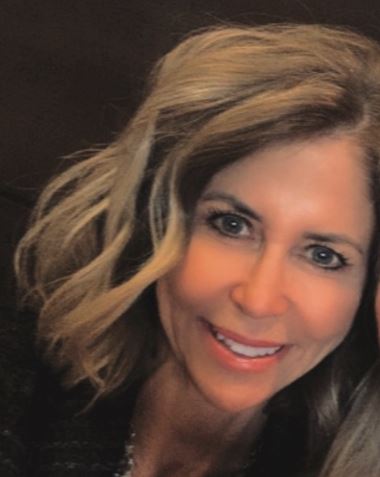
Starting new things can be scary for some of us and exhilarating for others. Things like new years, new jobs, new relationships, new roles. Rarely do we know for certain where the journey will take us, but when we tap into our natural behavior and what motivates us, we are energized to forge ahead, driven and inspired to keep going by the conviction that we are on to something good! The power of motivation is never to be underestimated.
Nowhere is this better exemplified than in the story Lori Coruccini, founder and CEO of Know Your Talents, tells of how she started the company and where she envisions it going from here. In this 3-part series, we share her story along with a few secrets that have proven to be game changers for so many business leaders.

Lori Coruccini
Lori Coruccini was born an entrepreneur—a visionary with the ability to recognize the value of something long before others do, and a pioneer with the spirit and drive to blaze new trails and claim new territory.
At the Intersection of Curiosity and Passion: Innovation
For 20 years, I worked in the staffing industry and led teams that helped customers find the best talent. To qualify a candidate, we reviewed resumes, looked for skills, checked history, and relied on what the candidate told us. The candidate would get placed in a company, and poof–they fell off! They seemed like they would be the right fit, but they didn’t stick around. It was a guessing game at times. There was a high percentage of placements that unraveled. I began to ask myself, “What makes employees stick?”
The answer came at a pivotal point in my career when I learned from one of my customers, MicroAge. They began utilizing a ‘behavioral assessment’ to help them understand how to work with the new candidates that were placed. I saw success in their process, which gave them behavioral data to better understand what makes people “tick.” This was the ‘missing link’ I was looking for!
However, working for a large corporation in the staffing industry, I was challenged to gain buy-in from the executives. There was hesitation to make any investment toward implementing a behavioral system. It was new territory, and they couldn’t get their heads wrapped around the ROI. I knew the cost of turnover was high, and I saw a potential solution that I believed would save companies millions: knowing what made somebody ‘tick’ prior to hiring them! Back then, it would have cost $25.00 per candidate to take the assessment, saving the company the cost of turnover, which could be $1,000s per employee. The ROI could be 10X if we worked with companies to help them identify their candidates’ behaviors, as well as understand the behavior of the managers that would be working with the new candidates. It could be a game changer! The percentage of successful placements could have increased tenfold, but the executives weren’t convinced that it was a proven method. And the system I would have brought to the table was reported to be 96% accurate! Their loss!
So I pivoted, jumped ship, and started Know Your Talents, bringing behavioral awareness into the recruiting and hiring process. Little did I know what this bold move would lead to…
- Facing Obstacles and Overcoming Them
For the first two years of business, I was flying solo and figuring out the best model to use with organizations. The Behavior Assessment concept wasn’t as widely accepted as it is today. Back then, maybe 25% of companies used a behavioral assessment system to help determine if a candidate was a good fit for the role. As a result, it required a lot of persuasive selling and educating to get into organizations, so that is what we did!
We engaged with a company by having the decision-maker take our 5-minute behavioral survey. Once they saw their own results and were amazed by the accuracy, they became a believer. That alone helped drive sales and implementations across the country. We figured out that decision-makers were influenced when they were able to experience the output of ProScan for themselves. Most were blown away by the 96% accuracy and were able to see the power of what this would do for their leaders, managers, and overall organization. Of course, we stuck to this selling model and are still doing so 20 years later.
Today, the behavioral assessment is so widely used in organizations. It is surprising when we find a company that doesn’t utilize a behavioral system! We were ahead of our time and were pioneers in getting the information out to the world in reference to what a behavioral system can do for an organization. It has been an exciting journey building our KYT foundation and teaching other leaders how to integrate behavior into their companies. But wait, there’s more…
Read Part 2 of Lori’s story “Lessons and New Directions” in upcoming KYT blog post


